 Hannah Levin, new host of ‘The Home Stretch’ weekdays from 3-6pm on KXCI 91.3 FM, is a long-time music critic and journalist, graduate of Seattle’s legendary KEXP, and the real-life inspiration for Toni Collette’s character in the indie film Lucky Them. Hannah talked to Zócalo about her recent move to Tucson, her thoughts on gentrification and urban renewal, and her hopes and plans for our local independent music scene.
Hannah Levin, new host of ‘The Home Stretch’ weekdays from 3-6pm on KXCI 91.3 FM, is a long-time music critic and journalist, graduate of Seattle’s legendary KEXP, and the real-life inspiration for Toni Collette’s character in the indie film Lucky Them. Hannah talked to Zócalo about her recent move to Tucson, her thoughts on gentrification and urban renewal, and her hopes and plans for our local independent music scene.
Z: You moved here from Seattle in October of 2014. How did that come about?
HL: I originally considered moving to Tucson for a job with a non-profit foundation that was based in Seattle but had offices here. Then I heard about KXCI and that definitely got my wheels turning. I started listening to it online, found (then Program Director) Cathy Rivers’ contact info, set up a meeting with her and as soon as I walked into the room was like “oh, hello.” She was obviously my kind of woman — an intelligent, strong, tattooed, feminist rocker lady. Then when the non-profit foundation I worked for decided to eliminate that position at the exact same time that Cathy was made General Manager, those things all kinda lined up. I literally texted Cathy the day I found out about my job and she’s like, guess what, I’m Interim General Manager and I totally need your help. It was — not to sound hokey — meant to be. And moving here was the best decision I’ve made in my adult life.
I felt like I stumbled on a big secret when I got here. I just couldn’t believe how amazing the music community was, how amazing the feminist community — the women in this city are particularly impressive to me. And Tucson’s just cool — I don’t think Tucson even knows how cool it is.
Z: Are there similarities between the Seattle you loved and the Tucson you are discovering now?
HL: A really strong, supportive feminist creative community was a huge benchmark of what made Seattle exciting in the early 90s. There are so many things (here in Tucson) that remind me of how I felt about Seattle in the early 90s… Then having my Seattle eroded — and in the last couple of years literally ripped out of the hands of the people who made it happen — if I can help that not happen here, then I can think of nothing better to put my time into.
I lived thru Seattle’s dramatic transformation, and had my heart broken into nine thousand pieces. That was really transformative in a negative way, and I want to take that experience and turn it into a positive and be involved with preventing that here. Because if I came here and saw all of the cool potential, other people are going to figure that out, too. And once that wave of gentrification — on the scale of a San Francisco or an Austin — once it really gets momentum, you can’t stop it. Right now, there’s still some time to think about it, start a dialogue about it, and do whatever we can. That’s hugely important to me.
Z: And what does that look like to you? How can you make a difference?
HL: There’s this unfortunate resigned sense of inevitablity that I see in a lot of my peers. “Gentrification is happening everywhere, it’s just the way it is. The artists come in and make it cool and then it gets taken over.” I’m tired of hearing that. Let’s think about it and find another way. Seattle, because of what happened in the grunge years and the subsequent media invasion and hysteria, and what happened to that community, particularly in the years after Kurt (Cobain)’s death, made a lot of people feel really defeatist. And we have to figure out how not to feel powerless. The best thing I can think to do is be proactive, recognizing opportunities to do something positive, whether it’s protecting something that exists, or nurturing a new business idea that meets a need the community has. Like the idea of locally-owned drugstore downtown; if that’s a real need, as it appears to be, how can we as a community get that going with a local business owner before a Walgreen’s or CVS comes along?
The best way I know how to do that is gather people together that want to talk about it in a way that is focused, and not just bitchin’ at the bar about it, know what I mean? Not letting stuff just happen. Complaining and grief about loss is perfectly acceptable. But not throwing up your hands and saying “I can’t make a difference.” Individuals banding together with common causes, they can make a difference. I really believe that. It might sound wildly optimistic or naïve — but I’m 44 years old so I don’t think I’m naïve.
Z: Was there a particular moment in Seattle, a particular loss, that really sticks with you?
HL: The Crocodile (Café — listed as one of the top 10 music clubs in Rolling Stone, in 2013). The Crocodile closing was a huge, huge, huge thing. The night I heard about that I went home and I told my boyfriend, “we are moving to Austin.” Which is funny because Austin now is just as screwed up as Seattle. You are talking about the place that was the de facto wake place when Kurt died. It’s where so many incredibly important shows (like Nirvana, Pearl Jam, Alice in Chains, Death Cab for Cutie, Sleater-Kinney, Built to Spill, etc.) happened. It was the anchor of the Seattle music community. It was home base.
We also lost a series of rehearsal spaces, which, at the risk of stating the obvious, is extremely important to incubating new bands in a creative community. People need to have an affordable place to rehearse. We saw bands breaking up because they had nowhere to practice. Housing was so expensive that there wasn’t even the cheap punk-rock house with the basement you can practice in. We didn’t even have that and then when rehearsal spaces go away… that’s a tourniquet on creativity.
Z: One of the things that engaged newcomers to a community can provide is the insight that something that clearly ought to be here is glaringly missing. What would you like to see in Tucson that you haven’t discovered yet?
HL: A really sexy BBQ place (laugh). For grown-ups. That’s also a live music venue. I really hope somebody does that. Something that feels like a set-piece from the movie Deathproof. That would be good.
I’m still discovering things, obviously. I keep waiting to stumble on some rad Latino hip-hop collective. Maybe it’s out there somewhere. I hope so. Hip-hop is a storytelling genre, and the hip-hop community in Seattle, even though it was not particularly large, was the kind of nucleus that really impacted the alt-country community, the rock community… it created a good ripple effect for all of the other artists surrounding it.
Z: You’re coming from one of the most influential independent radio stations in the country (Seattle’s KEXP); how does that inform your work now at KXCI?
HL: I hosted a show called “Audio Oasis” on KEXP for a long time, a local music show, and that was all built upon telling the history of Seattle music and breaking the newest talent at the same time. That was my formative experience in radio, to make sure that we were playing the iconic artists who helped build Seattle into what it became, but also then going out to the clubs and finding the new, undiscovered stuff, listening to all of the damned demos… that’s how I found The Head and The Heart. They were a demo in my box. I played it and thirty seconds in I called my producer and was like, “book them — now!” We got them in the studio and two weeks after that, (they blew up). I was the first person to play them on the radio.
Based on what Cathy is envisioning, and what I certainly hope to see, we want to continue to program KXCI in ways that appeal to people who have been with the station for a long time, and honor the things that have made the station what it is. At the same time, and this is tricky, we have to start pulling young people in and getting them involved, making the station a more accurate representation of the contemporary cultural landscape of Tucson.
Z: A lot of DJ’s are former performers. But you make no bones about the fact that performing is not your thing.
HL: Putting things together and showcasing them in a lovely light is something I’ve always wanted to do. The music we are listening to now in the background is a draft of tomorrow’s set. That’s how dorky I am. So I surf around a lot of genres and try and interlink things in a thoughtful manner and not jar the listener. Because if you are trying to push the envelope a little bit — a hip-hop thing, or some of my more metal-oriented songs — you don’t open people’s minds to new songs by giving them sonic whiplash. You do it gracefully. And I want the punk rock kid hanging out down at Che’s to like it just as much as my mom does listening online back in Tacoma.
Z: And you don’t appear to spend a lot of time on your airbreaks…
HL: I will interject if someone is coming to town, or there’s an interestingpiece of history, or if I picked a song because I saw it in a movie recently. But you are never gonna hear me babble on because it’s not about me — it’s about the music and the listener.
Z: Where do you find inspiration?
HL: I have a running note-pad thing on my phone where if I think of a song or an artist I’ll jot down a note about it. Because when you program 15 hours of music a week, you have to constantly be thinking about it or else you are gonna get stale. And I get a great deal out of social media, too, because I’ve been around for a while and know a lot of interesting music journalists, and crate-digging record collectors… Today for instance my friend Peter, who lives in upstate New York and was a DJ for many years and also in a great band called the Chrome Cranks, posted this Led Zeppelin song we’re listening to, ”Wearing and Tearing,” and that he’d heard a story that Robert Plant and Jimmy Page wrote this song late one night
after seeing The Damned. I think that’s really interesting! And so I immediately said thanks, Peter — I’m totally stealing that for my show on Monday!
Z: You’ve mentioned that living in Guatemala was a life-changing experience for you. How so?
HL: It recalibrated my values in the way that travel does. It was humbling to be somewhere there was abject poverty, and violence, (all) amidst great beauty — if I was President, everybody would have to travel in their formative years to somewhere that made them uncomfortable.
I also had a big experience with music there, talking to this kid who really loved Metallica. I of course being an old-school Metallica fan, and being twenty-four and full of myself, I’m lecturing this 11-year old kid on how their old stuff is really where’s it at, and he’s like “I really like ‘Enter Sandman.” And I realize, I’m an asshole, that kid should like whatever he likes. I’m gonna shut up right now because anyone getting joy out of music, I support that. And as a result of that experience I have zero patience for music snobs.
Z: The future of KXCI. What do you see? What do you want to see?
HL: Significantly increasing our live in-studios with touring and local bands of all genres. I got very used to being at a station where when touring bands (came) through (Seattle) they wanted to play at KEXP, and I want KXCI to be the same way. I want to be a good ambassador for Tucson in terms of touring musicians. I want them to have a really good experience, sonically and socially, while they are here. I want artists to want to play KXCI because we have such passionate music fans. And the more exciting and stimulating bands come through, the more they inspire local musicians, the more you grow the scene further. That’s the holistic picture of what a local radio station can do. So I have big dreams.
Z: The author William Gibson (Neuromancer, Pattern Recognition, etc.) has this line that’s been haunting me recently: “The future is already present, it’s just not evenly distributed.” Seattle strikes me as a town where the future is more present than Tucson, while here the past might be much more present than the future… Do you see that distinction?
HL: It reminds me of when I was in Amsterdam last year I saw a graffiti — “our future is already haunting us” — which stuck with me a lot. Finding the middle ground, not being so far mired in the past, nor consumed by a future world where any sense of history is annihilated, that’s the challenge right there.
Z: Or the fact that Tucson today reminds you of Seattle in the 90s… Are we really 20 years behind the times? And might that be a good thing?
HL: Well, if you get time travelers like me who come back to help it is (laughs). Just kidding. There’s a reason I have a typewriter and a turntable tattooed on my body. I like cool old stuff. The sheer volume of dive bars and old-man diners here in Tucson makes my heart sing. They were systematically wiped out in Seattle — there’s only a handful left. And anyone reading this might be like “you have no idea, downtown used to be so different…” I totally get that, and I’m not saying that the losses people have experienced around here don’t matter — they absolutely do. But for me, from where I’m coming from, for where I am in my life — this place is heavenly. To see this much history intact, to see all these mid-century buildings, to see independent businesses making cool things happen, it’s like I got a second chance


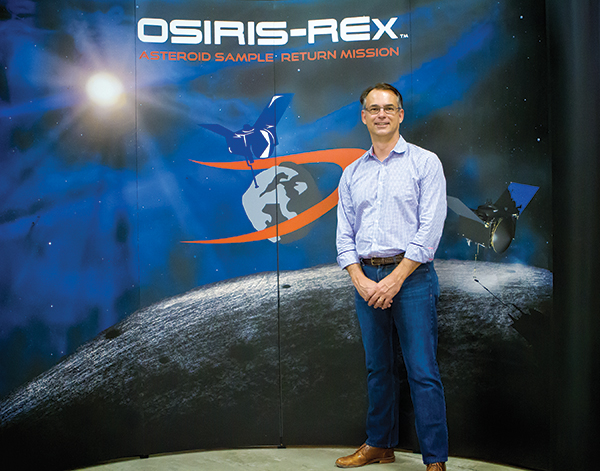

 Hannah Levin, new host of ‘The Home Stretch’ weekdays from 3-6pm on KXCI 91.3 FM, is a long-time music critic and journalist, graduate of Seattle’s legendary KEXP, and the real-life inspiration for Toni Collette’s character in the indie film Lucky Them. Hannah talked to Zócalo about her recent move to Tucson, her thoughts on gentrification and urban renewal, and her hopes and plans for our local independent music scene.
Hannah Levin, new host of ‘The Home Stretch’ weekdays from 3-6pm on KXCI 91.3 FM, is a long-time music critic and journalist, graduate of Seattle’s legendary KEXP, and the real-life inspiration for Toni Collette’s character in the indie film Lucky Them. Hannah talked to Zócalo about her recent move to Tucson, her thoughts on gentrification and urban renewal, and her hopes and plans for our local independent music scene. Grab a beer and a trowel and get into the garden! The summer is technically over this month and even though some days it feels like the autumnal equinox is a big lie, the garden is gearing up for the shorter days, cooler temperatures, and is getting ready to provide you with a season of fresh vegetables. It’s time to plant.
Grab a beer and a trowel and get into the garden! The summer is technically over this month and even though some days it feels like the autumnal equinox is a big lie, the garden is gearing up for the shorter days, cooler temperatures, and is getting ready to provide you with a season of fresh vegetables. It’s time to plant.
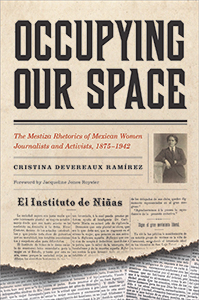 Ramírez provides historical background that allows readers to comprehend the societal context and conditions in which these women were writing. Without it, we’d miss the importance of their work. We would not fully understand how dire the circumstances were for women and indigenous groups and how dangerous it was for them to speak out. Through this background, we can fully appreciate the women’s vanguard role in trying to establish gender and cultural equality in Mexico. Ramírez’s research gives a solid case for including Mestiza voices in the rhetorical canon.
Ramírez provides historical background that allows readers to comprehend the societal context and conditions in which these women were writing. Without it, we’d miss the importance of their work. We would not fully understand how dire the circumstances were for women and indigenous groups and how dangerous it was for them to speak out. Through this background, we can fully appreciate the women’s vanguard role in trying to establish gender and cultural equality in Mexico. Ramírez’s research gives a solid case for including Mestiza voices in the rhetorical canon.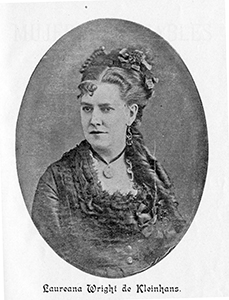
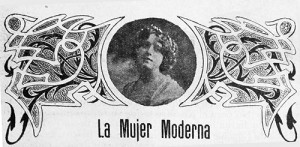
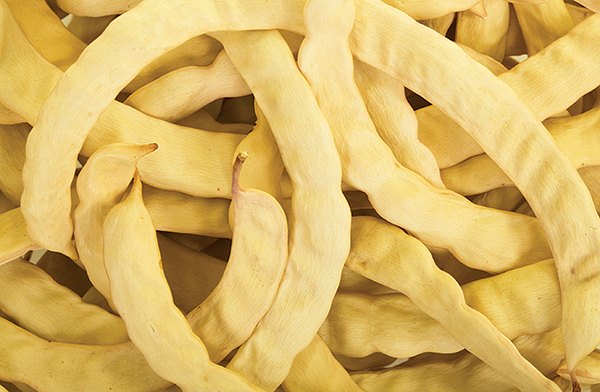 Plant, Harvest, Mill, and Celebrate Wild Abundance Before the Rains
Plant, Harvest, Mill, and Celebrate Wild Abundance Before the Rains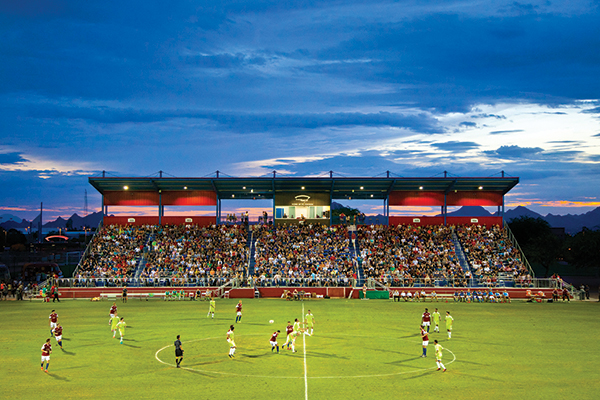
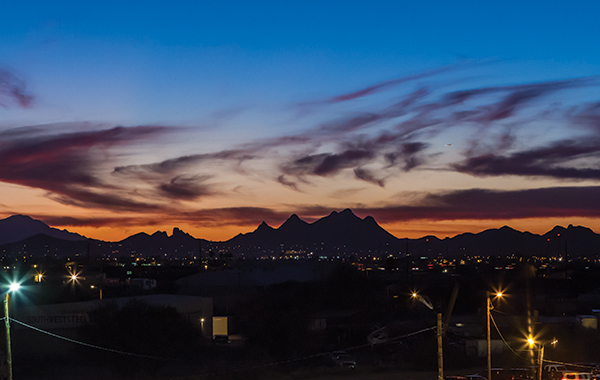
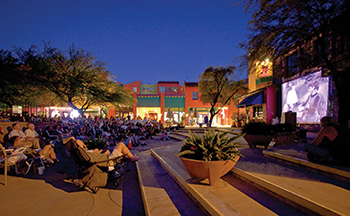 Catch an outdoor flick
Catch an outdoor flick
 Take your clothes off
Take your clothes off by Cristina Manos
by Cristina Manos



Also find us on...